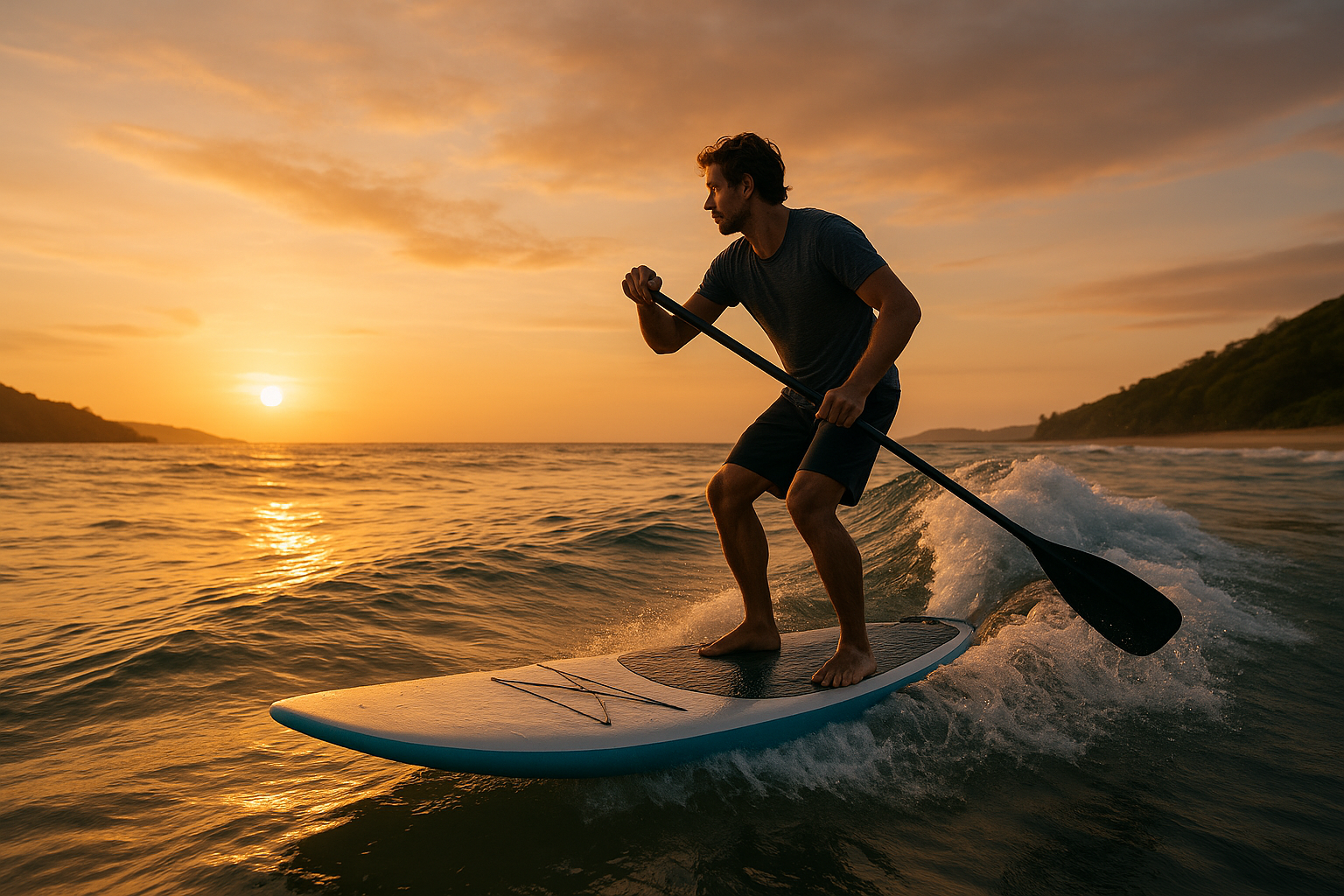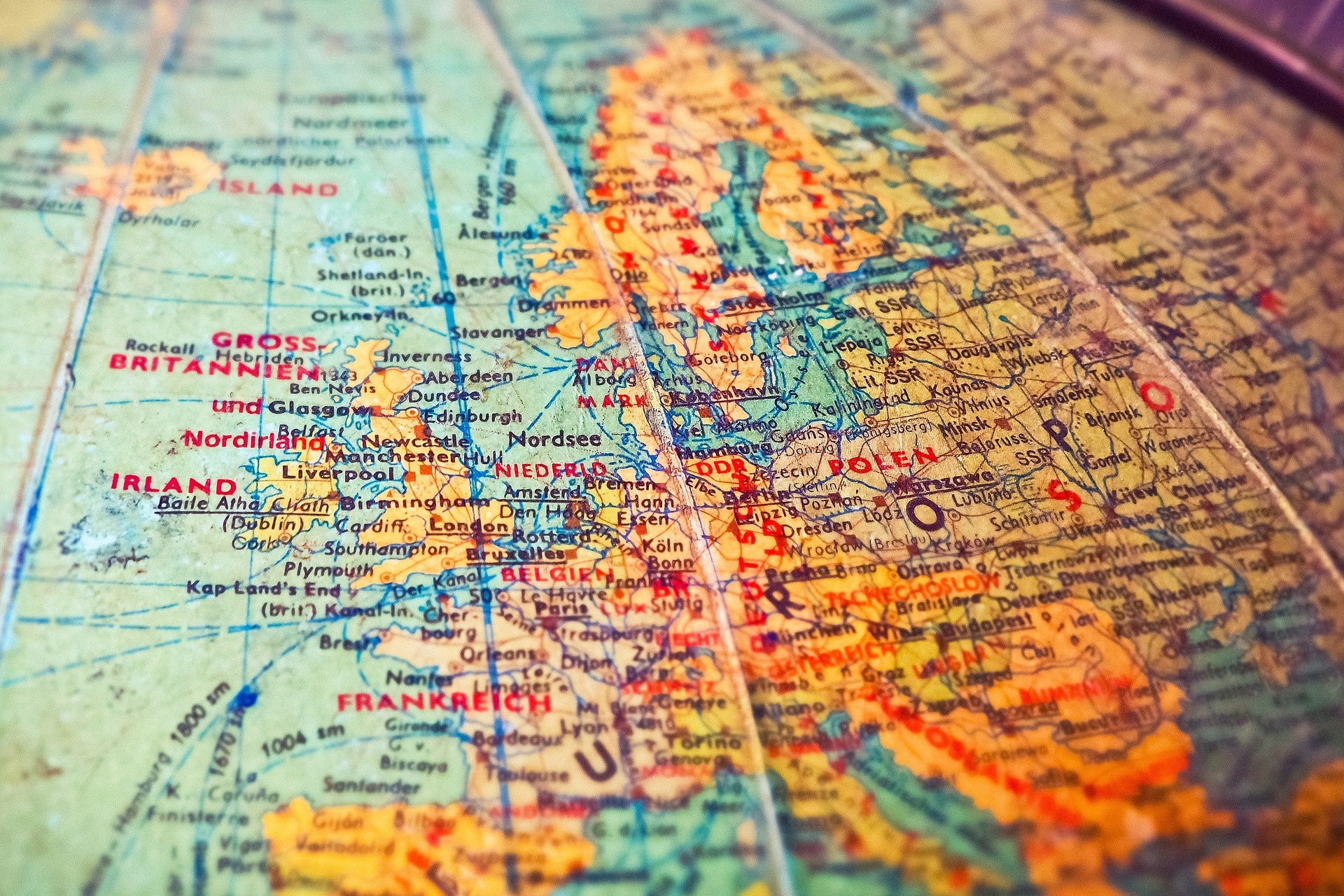"Riding the Wave: The Influence of Stand Up Paddleboarding on Tourism"
Imagine gliding on a serene lake, surrounded by nature's splendor, while exercising and meditating at the same time. Welcome to the world of Stand Up Paddleboarding (SUP), an emerging travel trend that combines recreation, fitness, and exploration in a unique way.

A Paddle Through Time: The Origins of SUP
Believed to have originated in Hawaii as a way for surf instructors to manage their large groups of learner surfers, Stand Up Paddleboarding has a rich history. It allowed instructors to spot incoming swells, offer instruction, and swiftly move between pupils. The trend made its way to the mainland, and by the 2000s, it had gained momentum and was quickly adopted by outdoor enthusiasts and adventure seekers.
The Swell of Popularity: SUP in Modern Tourism
Today, SUP is no longer just an offshoot of surfing; it’s an independent activity with a growing community. It’s become a popular way to explore geographic features, like lakes, rivers, and coastlines, that are inaccessible by land. This has led to an exponential growth in SUP tourism, with travel companies offering SUP expeditions around the globe.
Balancing the Board: Advantages and Challenges of SUP Tourism
SUP offers a low-impact, full-body workout, making it a healthy alternative to traditional forms of tourism. It also allows travelers to connect with nature and explore off-the-beaten-path destinations. However, the sport requires balance, strength, and coordination, which can be challenging for beginners. Safety is another concern, especially when paddling in unfamiliar waters. Despite these challenges, the thrill and rewards of SUP make it an attractive option for many travelers.
The Ripple Effect: The Impact of SUP on Travelers and Locals
SUP tourism not only benefits travelers, but also the local communities. It promotes eco-tourism, as it doesn’t harm the environment. It also boosts local economies by creating jobs related to SUP instruction, equipment rental, and tour guiding. However, it’s important for travelers to respect local rules and customs to ensure the sustainability of this growing industry.
Paddle Pointers:
-
Always wear a personal flotation device when SUPing.
-
Take lessons from certified instructors before venturing out on your own.
-
Check local weather and water conditions before you paddle out.
-
Respect marine life and avoid paddling in protected areas.
As the sun sets on our SUP journey, it’s clear that Stand Up Paddleboarding is more than just a sport—it’s a new way of experiencing and appreciating the world around us. It offers a unique blend of adventure, fitness, and serenity that modern travelers crave. So next time you’re planning a trip, why not add a paddleboarding adventure to your itinerary? After all, life is all about balance, and what better way to achieve that than on a SUP board!






